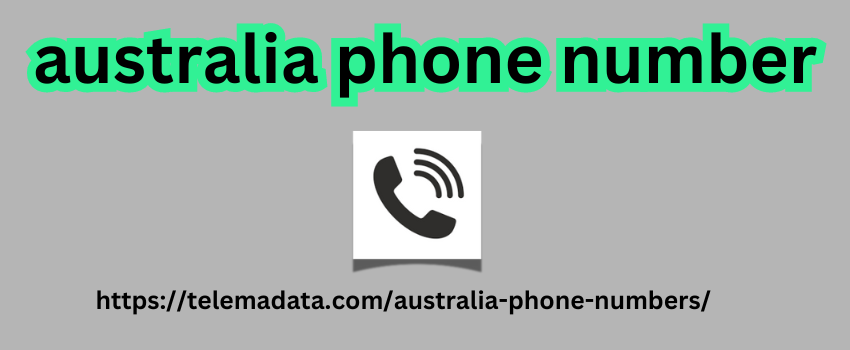In the digital age, where communication transcends boundaries, Facebook Messenger stands as a prominent platform for personal and professional interactions. Harnessing its potential for business success requires a keen understanding of Facebook Messenger metrics. These metrics serve as the compass guiding your journey towards enhanced engagement, better customer relations, and ultimately, increased conversions.
Understanding the Landscape: Before delving into the metrics, grasp the landscape of Facebook Messenger. It’s not australia phone number merely a messaging app; it’s a dynamic ecosystem where brands foster connections, provide support, and drive sales. Messenger metrics illuminate this landscape, offering insights into user behavior, campaign performance, and overall messaging efficacy.
Key Metrics to Track:

- Response Time: Speed Belgium Phone Number is of the essence in the digital realm. Measure how swiftly your team responds to messages. A prompt response demonstrates attentiveness and can significantly impact customer satisfaction. Set benchmarks and strive for continuous improvement.
- Conversation Volume: Gauge the volume of conversations over time. Are there spikes during certain hours or days? Understanding peak periods helps in resource allocation and ensures no message goes unanswered.
- Engagement Rate: Beyond mere conversations, assess the level of engagement within those interactions. Track metrics like read receipts, emoji usage, and media shares. Higher engagement signifies stronger connections with your audience.
- Customer Feedback: Leverage Messenger’s feedback tools to gather insights directly from your audience. Monitor ratings, reviews, and sentiment analysis to identify areas for improvement and celebrate successes.
- Conversion Rate: Ultimately, your Messenger strategy should drive conversions. Measure the number of leads generated, inquiries resolved, and sales closed through Messenger interactions. This metric quantifies the platform’s impact on your bottom line.
Optimizing Performance:
Now that you’re armed with valuable metrics, it’s time to optimize performance.
- Iterative Improvement: Continuously analyze metrics to identify trends and patterns. Experiment with different messaging strategies and iterate based on performance data.
- Automation and AI: Embrace automation tools and AI-driven chatbots to streamline processes and enhance responsiveness. These technologies can handle routine inquiries, freeing up human resources for more complex tasks.
- Personalization: Tailor your messages based on user preferences and past interactions. Personalized communication fosters a sense of connection and improves engagement metrics.
- Multimedia Integration: Don’t limit yourself to text-based communication. Incorporate multimedia elements like images, videos, and GIFs to make conversations more dynamic and engaging.
By integrating these strategies and diligently tracking Facebook Messenger metrics, you’ll unlock the platform’s full potential, fostering meaningful connections with your audience and driving business growth in the digital realm.

